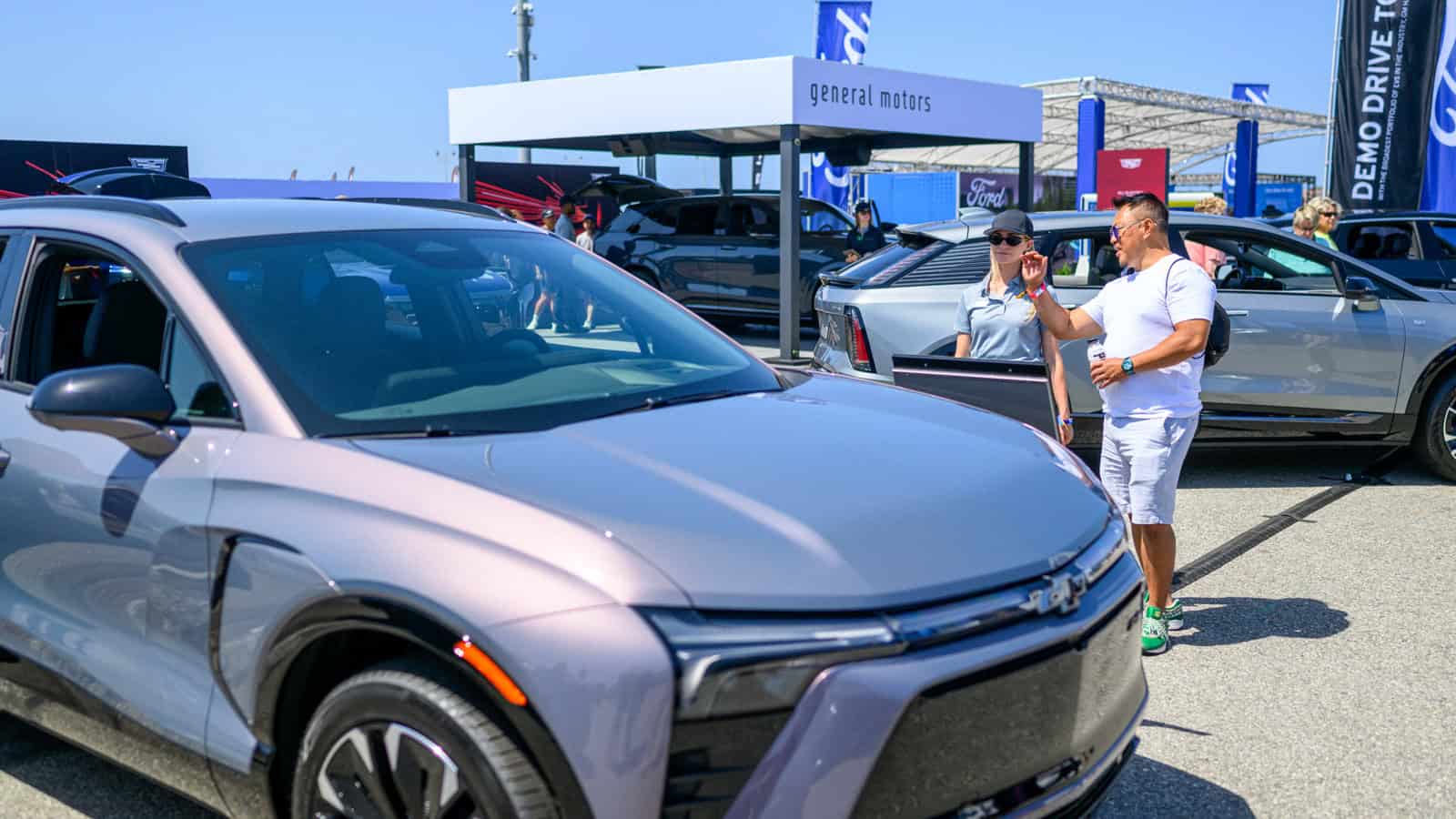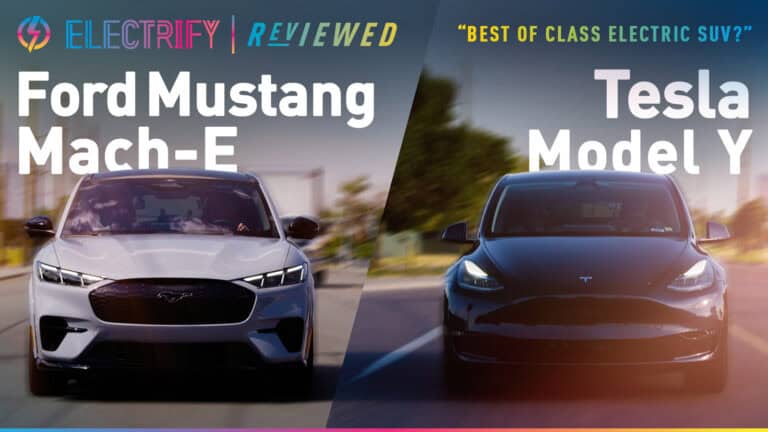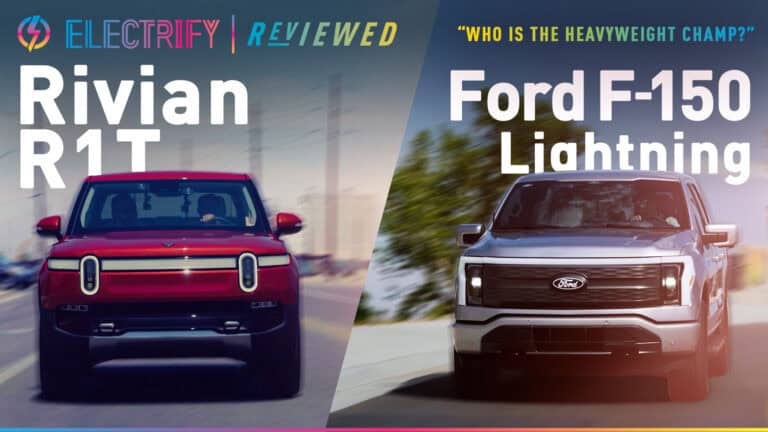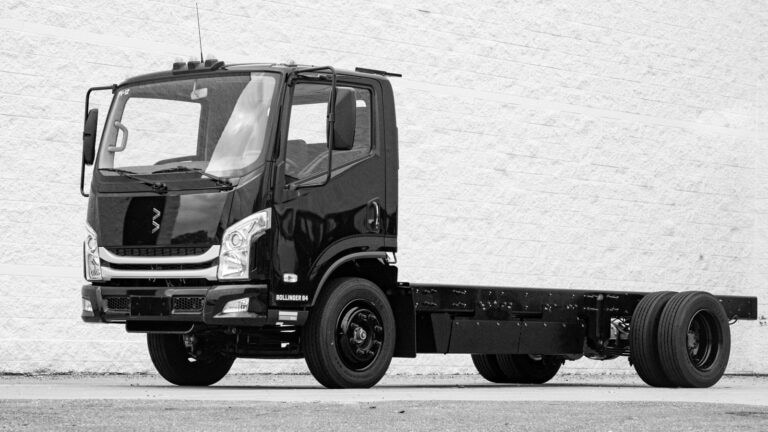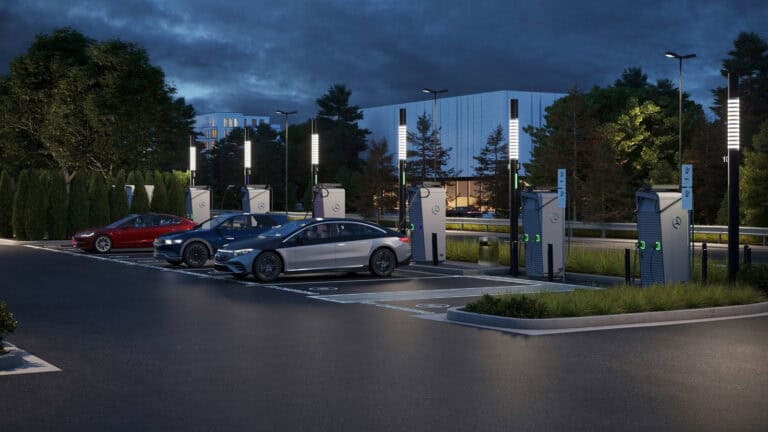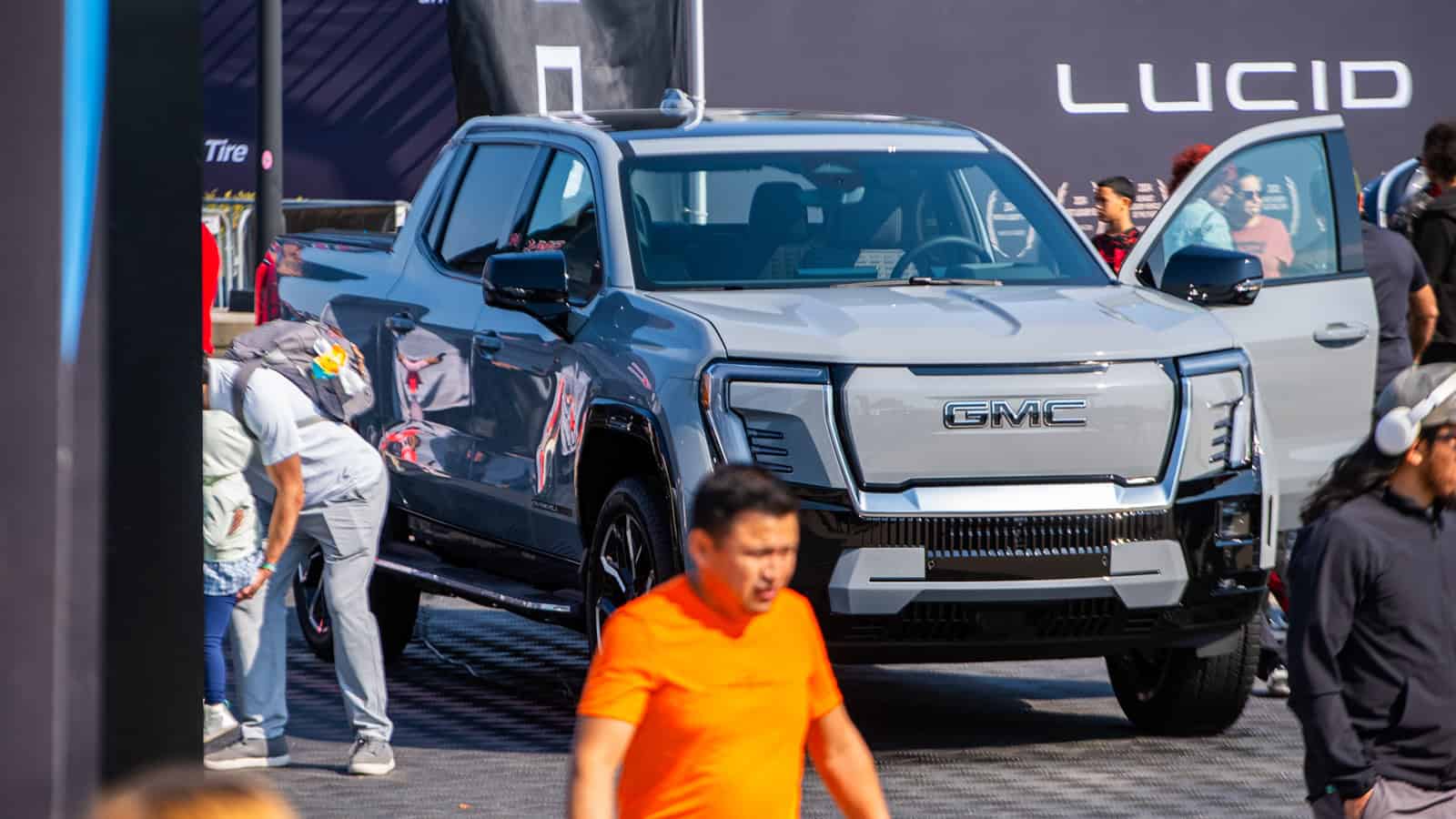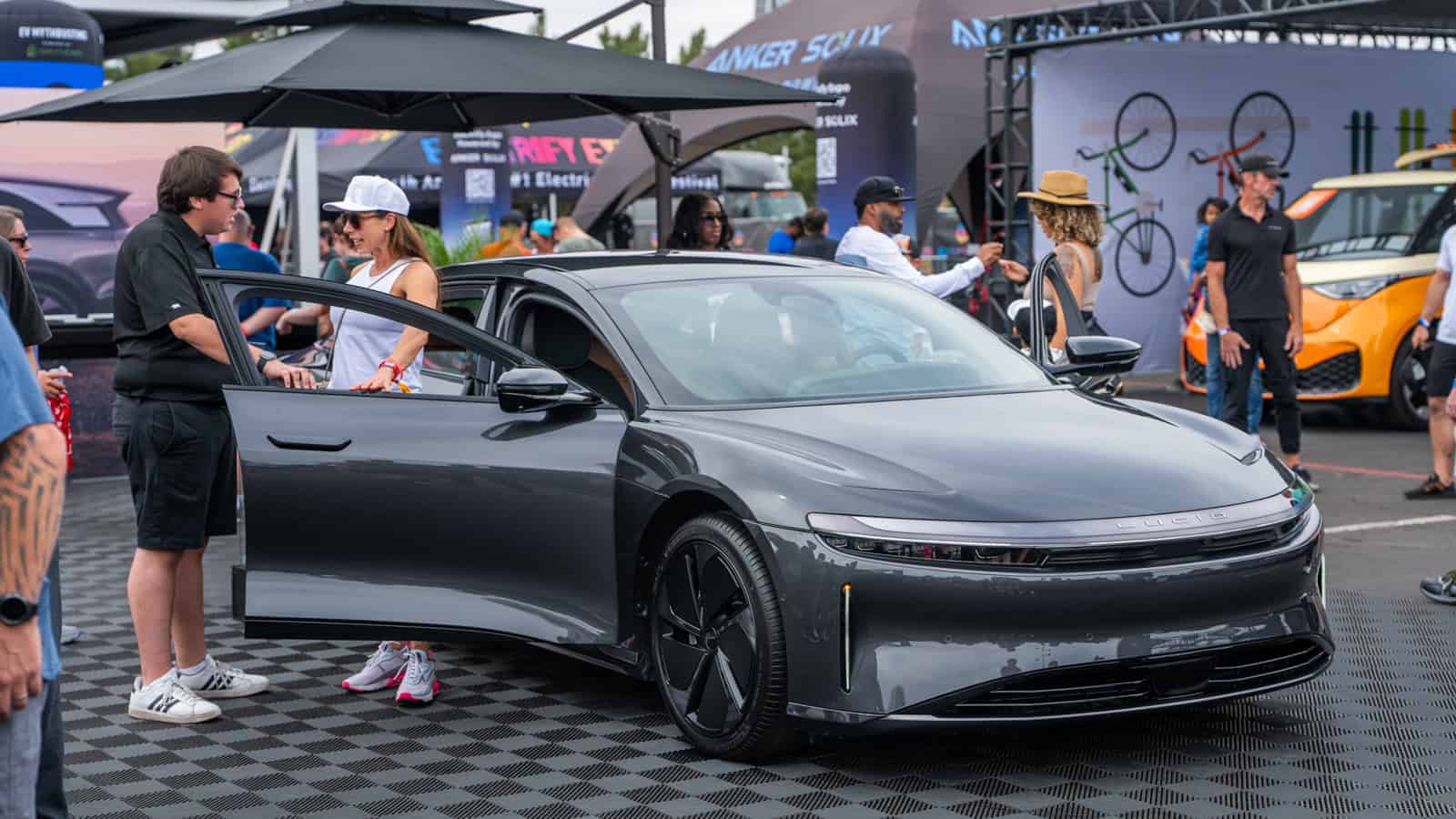- GM’s dual battery tech (LMR and LFP) could shake up EV pricing, safety, and grid energy, without using a single Chinese patent.
- GM is building U.S.-made LFP batteries by 2027, slashing costs and adding 1,300 jobs just as EV tax credits run out in September.
- A 63 MWh AI-powered microgrid in Nevada now runs on GM’s recycled EV batteries. Yes, second-life packs are doing that already.
ADVERTISEMENT
Energy storage installations in the U.S. just jumped by 57% this year, setting a new record. That alone should raise eyebrows. Now here’s where it gets even more interesting. General Motors (GM) revealed LMR battery chemistry back in May, and now they’re moving ahead with plans to manufacture LFP batteries in Tennessee by 2027.
Sounds technical, but the idea is pretty straightforward. LMR (lithium manganese rich) helps with range and price. LFP (lithium iron phosphate) is more affordable, safer, and built in the U.S. Put those together, and you’re looking at a serious movement in how electric vehicles get powered and priced.
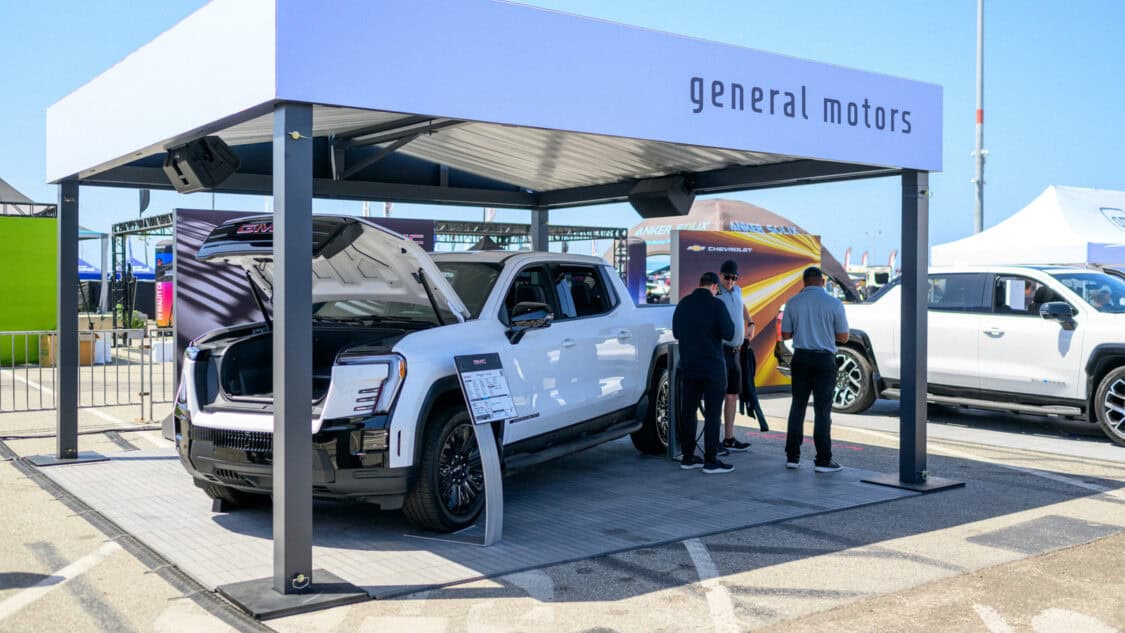
GM President Mark Reuss said, “We’re bringing its benefits – and associated jobs – back to America.” The Tennessee plant, run by Ultium Cells, will convert 1,300 jobs toward LFP production starting late 2027. That’s a timely move since federal EV tax credits are expiring on September 30, and every savings counts.
Here’s where things get interesting. GM just signed a non‑binding MOU with Redwood Materials, founded by ex‑Tesla exec JB Straubel). They’ll repurpose both new U.S. batteries and second‑life battery packs from GM EVs for grid‑scale and backup systems, already powering a 12 MW/63 MWh microgrid in Nevada for AI data centers. That’s ambitious.
It’s curious how EV automakers are racing into energy storage territory. Ford working with CATL on LFP, Stellantis targeting LFP in Europe and North America, Toyota building LFP in North Carolina. GM is taking a different route with no reliance on Chinese intellectual property and instead combining two chemistries in-house. They’re addressing range with LMR, cutting costs and improving safety with LFP, and backing it all up with second-life battery reuse for sustainability.
ADVERTISEMENT
“Electricity demand is climbing, and it’s only going to accelerate,” said Kurt Kelty, VP of batteries, propulsion, and sustainability. “To meet that challenge, the U.S. needs energy storage solutions that can be deployed quickly, economically, and made right here at home. GM batteries can play an integral role. We’re not just making better cars – we’re shaping the future of energy resilience.”
That’s the energy angle, not only the cars. For power-hungry AI centers, this has real weight. The U.S. grid requires reliable backup power options. GM could end up known just as much for energy solutions as for building cars.
LFP batteries carry less energy per pound compared to nickel-heavy ones, but they cost less, run cooler, and tend to last longer. One GM executive confirmed that prices have dropped enough to undercut even LMR packs. That makes them a smart fit for budget-friendly EVs like the Bolt EV or Equinox EV.
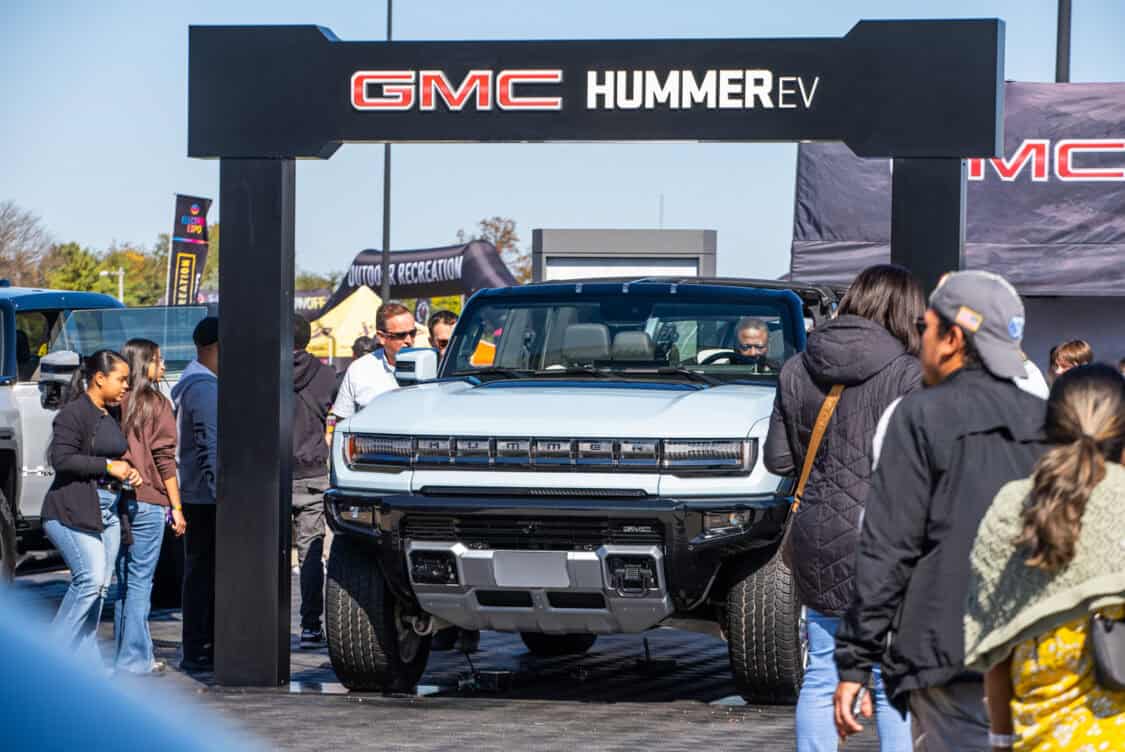
Meanwhile, GM’s $900 million Warren, Michigan development center is accelerating prototyping and testing for LMR, expecting production by 2028. That complements LFP and NCMA chemistries, giving them flexibility across SUVs, pickups, and small EVs.
Here’s the core of it. GM is stacking up LFP batteries for compact EVs, using LMR to support long-range needs in trucks, and building grid storage programs with Redwood to handle growing energy demands. They’re pulling in cost reductions, U.S. manufacturing jobs, recycling systems, and even meeting the rising power needs of AI. Add expert backing, economic support, less reliance on foreign supply, and solid joint ventures. Everything starts to click.
ADVERTISEMENT

IMAGES: ELECTRIFY EXPO
FTC: We use income-earning auto affiliate links. Learn more.




